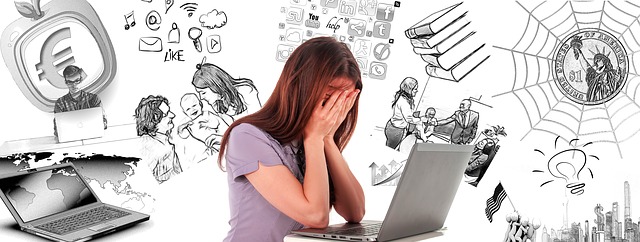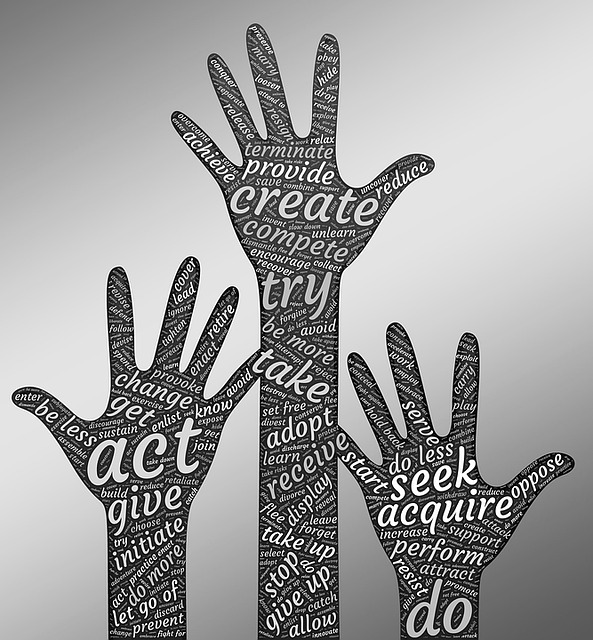In the previous post, I discussed recognising our feelings. This involved firstly, acknowledging that a very wide range of emotions are the essence of being human, and secondly, using mindfulness to get in touch with the feelings we are experiencing. In this post, we take this process one step further by naming our individual feelings
Why name your feelings?
In his book, Mindsight, Dan Siegel argues that we “Name It to Tame It” – in other words, by naming our feelings we are better able to control them or, at least, lessen their impact as Professor Matthew D. Lieberman found in his research.
Dan argues that to say “I feel angry” is a very different statement, both in content and impact, than the words “I am angry”. The latter tends to define us as angry person, whereas the former helps us to recognise that we are not our feelings – we are a lot more than what we feel. Feelings come and go in nature and intensity – our essence remains. Naming our feelings in a gentle, non-judgmental way affirms our self-worth and opens up the opportunity to master our feelings.
Naming your feelings gives you a sense of power over them and a freedom from servitude to them. It also creates new perspectives and a spaciousness for the release of creativity. As Dr. Ornish noted:
When you take time for your feelings, you become less stressed and you can think more clearly and creatively, making it easier to find constructive solutions.
The challenge of naming your feelings
Often we suppress our feeling or deny them because we are embarrassed to admit that we have those feelings. Another issue is that often they come in a bundled format – a number of intertwined feelings linked together by a stimulus event or thought. So, it is often hard to untangle them to identify and name each one.
Jack Kornfield tells the story of his encounter with a young man who said that he was depressed. So Jack sat with him and entered into a conversation to help him to find out what was happening emotionally for him. The young man started talking and first identified being worried, then angry, then discouraged, then sad – and finally, he was able to see a way ahead rather than being held captive by this undigested mix of feelings. I had a similar experience recently, where I passed through a progressive range of feelings – unease, anxiety, fear, anger, empathy – only to identify creative solutions to the issue that was disturbing me.
Thus we need to take time to get in touch with our feelings and to name them. Sometimes, we can be lost for words to name our feelings. However, there are a wide range of resources such as the list of feelings (pleasant and unpleasant/difficult). These feeling words open up the opportunity to get in touch with, and be more descriptive of, what we are actually feeling (rather than using a vague catch-all descriptor which does not strengthen our sense of emotional control).
Jack Kornfield suggests a meditation to help here as well. It involves the typical process of mindful breathing followed by body scan and then identifying any feeling that you are experiencing through your body – it could be tightness brought on by anxiety, a tingling sensation from nervousness or a speeding-up of your breath resulting from a felt fear. Acknowledging this feeling and naming it, without judgement, is the first step to dealing with it and gaining self-mastery. After naming one feeling, you can move onto another feeling during this meditation process.
As we grow in mindfulness through mindfulness meditation on our feelings we gain the insight to name and tame those feelings and open up new perspectives on, and solutions for, existing problems.
By Ron Passfield – Copyright (Creative Commons license, Attribution–Non Commercial–No Derivatives)
Image source: courtesy of geralt on Pixabay
Disclosure: If you purchase a product through this site, I may earn a commission which will help to pay for the site, the associated Meetup group and the resources to support the blog.





